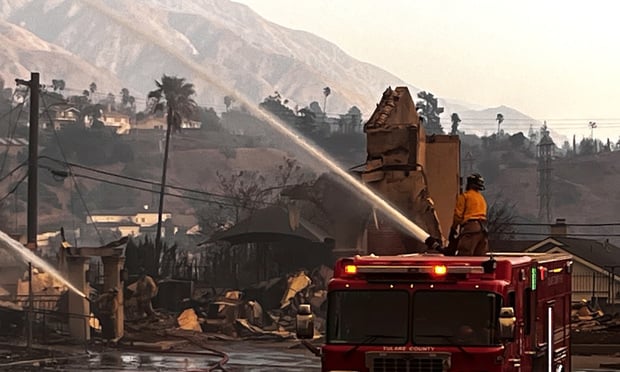Even though the 2012 tornado activity is already well above the year-to-date average for 2005-2011, Standard & Poor says the insurance and reinsurance industries should be able to sustain the losses, including the twisters that wreaked havoc on the Midwest.
“Insurance and reinsurance companies have barely caught their breath after sustaining more than $100 billion in catastrophe losses from 2011 global events, and they are already assessing this year's damage from catastrophes,” says S&P in its March 15 Global Credit Portal.
However, the ratings agency adds that while the local impact from recent tornadoes is severe, the industry should be able to manage the losses. S&P also points out that the losses for the February-March outbreak are far less than the April-May outbreak in 2011 that saw $20 billion in insured losses from tornadoes and severe storms.
S&P notes that a “stark contrast” between the 2011 and 2012 outbreaks is that the 2012 tornadoes occurred in less densely populated locations with lower property values. The ratings agency says it does not expect the February-March tornadoes to trigger any of its rated catastrophe bonds and adds that the storms are likely to have a larger impact on regional carriers.

Want to continue reading?
Become a Free PropertyCasualty360 Digital Reader
Your access to unlimited PropertyCasualty360 content isn’t changing.
Once you are an ALM digital member, you’ll receive:
- Breaking insurance news and analysis, on-site and via our newsletters and custom alerts
- Weekly Insurance Speak podcast featuring exclusive interviews with industry leaders
- Educational webcasts, white papers, and ebooks from industry thought leaders
- Critical converage of the employee benefits and financial advisory markets on our other ALM sites, BenefitsPRO and ThinkAdvisor
Already have an account? Sign In Now
© 2025 ALM Global, LLC, All Rights Reserved. Request academic re-use from www.copyright.com. All other uses, submit a request to [email protected]. For more information visit Asset & Logo Licensing.








